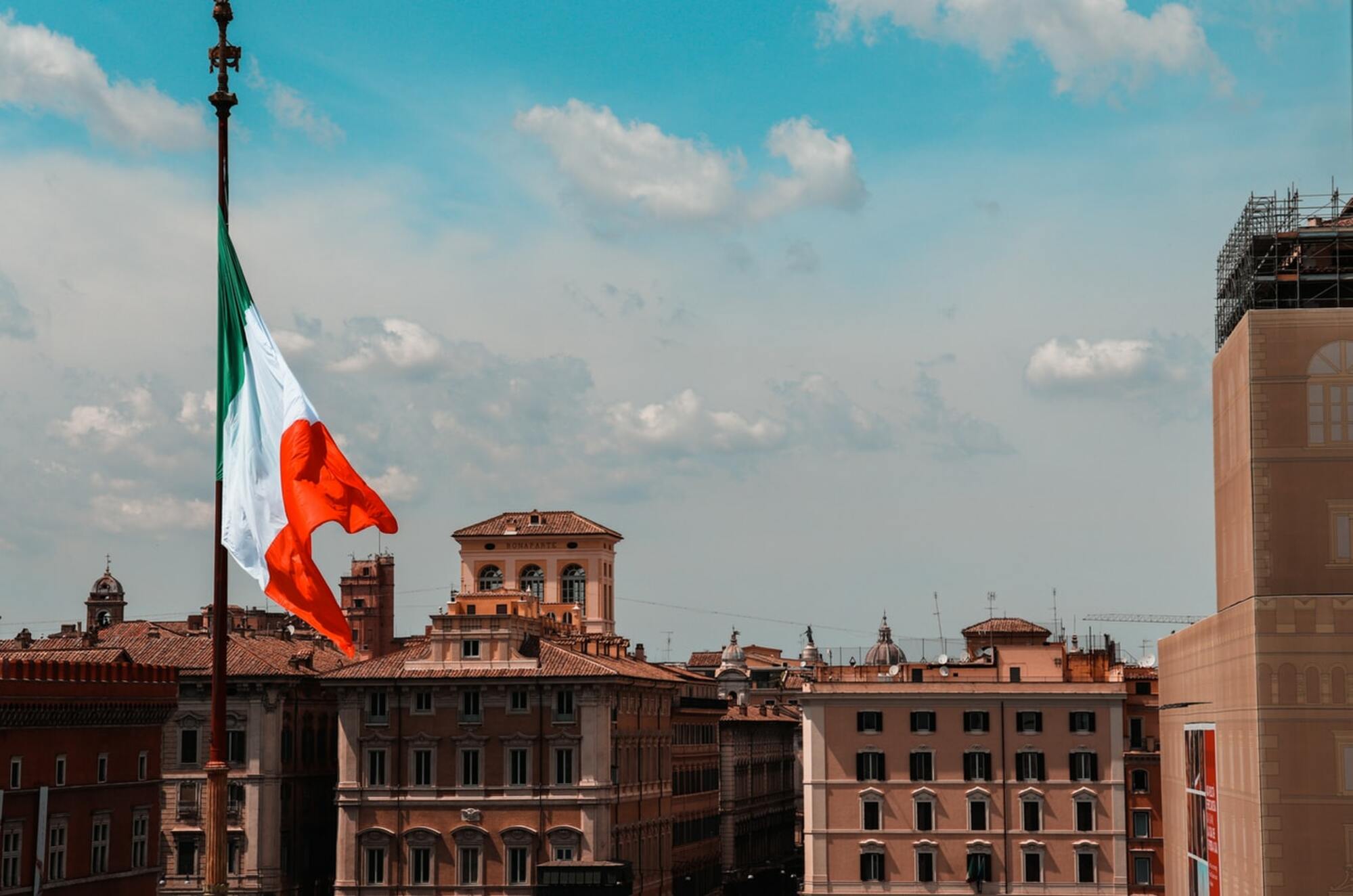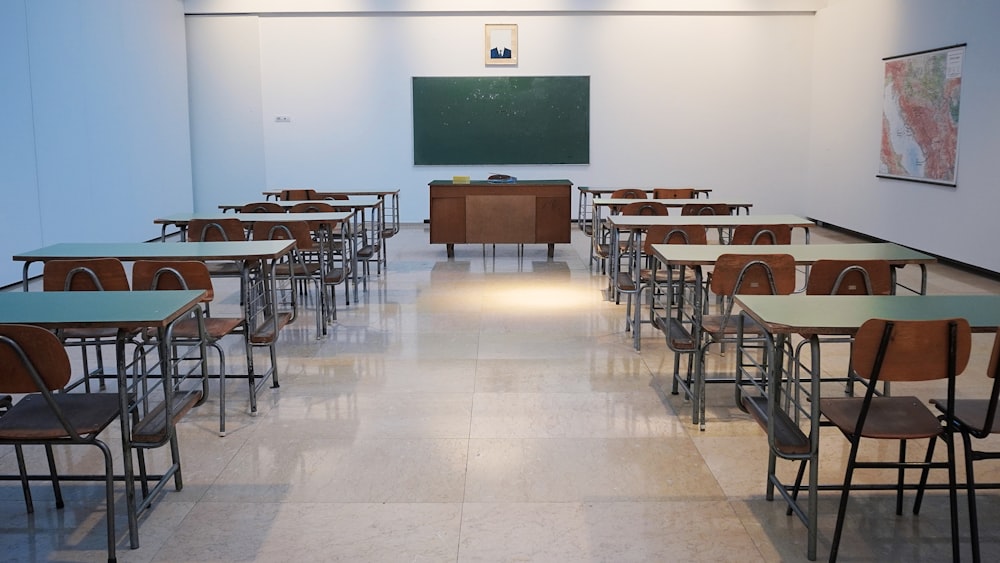
Italy has a fascinating history, with over a dozen UNESCO world heritage sites across the nation. It is just right for foreigners to look for permanent residency in any European state.
A lot of students planning on relocating to Italy for studies have asked us if education is free in Italy and how the academic system applies in Italy. In this guide, we will try to answer your questions in detail.
We will be guiding you on education in Italy. You’ll get to see how the academic system in the country works, how schooling in Italia feels like, and even the cost of education in Italy.
The Education System
Most schools and tertiary institutions in Italy are controlled by the state, with uniform programs applied across the country. Less than one-tenth of students in the country attend private schools.
The government of Italy made education compulsory for students between the ages of 6 and 16. Schools controlled by the Italian government are very well-equipped and offer high-quality education to pupils.
The Italian government considers factors such as the income level of the parents/guardian, the academic background of the student, and areas of improvement when revising the country’s academic policies.
School hours in the country s determined by the institution and the kind of school in question. Nursery schools usually take classes in 5 or 6 days per week from 8 am to 4 pm, and an hour’s break between 11 am and 2 pm.
Primary and lower secondary schools take 30 hours of classes per week from Mondays to Saturdays. Most primary schools start classes at 8 am and end around 1 pm. While Upper secondary school usually finishes around 2 pm.
The student calendar in the country comprises 200 days in the school year, which start around mid-September to early July per session. Each session is divided into three terms (trimester).
If you are planning on enrolling your child in any school, you can always get more details concerning that institution from the local education office (Provveditorato) or the town hall (commune).
If you just relocated to Italy and your child has already attended school in another country, you must translate his/her qualifications in Italian, possess a letter from the previous school’s principal, and a copy of his previous school experience before your child can be enrolled.
The regional school superintendence is responsible for setting the school calendar (Calendario Scolastico) for all regional state schools. School holidays vary slightly between regions.
Primary schools (Scuola primaria)
Also known as Scuola Elementare, primary schools are institutions for pupils who completed three years of non-compulsory nursery education or kindergarten learning (Asilo). It generally lasts for five years. Primary schools are usually attended by kids between the age of 6 and 11.
Pupils at this level are taught basic education in Italian, the English language, mathematics, basic science, history, geography, social studies, and physical/health education. Some schools also have lessons in Spanish or French, musical arts, and visual/creative arts.
Secondary Schools
Once the student completes primary school, he/she must go on to secondary schools. Secondary education lasts for eight years. Secondary education is divided into two distinct levels: lower secondary school (Scuola secondaria di primo grado also known as Scuola media) or upper secondary school (Scuola secondaria di secondo gradoalso known as Scuola superiore).
Lower secondary school is the same as middle schools, while upper secondary school is synonymous to the high-school level. At the end of each tier, students have to pass their final year exam (esame di maturità) before they can obtain a secondary school degree and proceed to any tertiary institution of their choice.
University
Italian universities are some of the oldest in the world. The University of Bologna was established in 1088, the University of Padua was founded in 1222, and the University of Naples in 1224.
There are currently 89 tertiary institutions in Italy and others in the non-university sector. Institutions in the non-universities sectors specialize in teaching non-academic studies like graphic designs, music, language mediation, choreography…
University education in Italy offers different programs for both undergraduate and postgraduate levels. Universities in Italy have one of the highest international networks of public and state-affiliated universities.
Most universities in Italia are managed and supervised by the Italian Ministry of Education. State-run universities make up most of the universities nationwide.
Italy has 58 state universities, 17 non-state universities, 2 universities for foreigners, 6 higher education schools, 6 distance-learning universities, and 4 polytechnics.
Cost of Education
Education and most academic resources are free for Italian citizens, residents, and foreigners who have decided to settle in the country. The tuition fees in most universities are also very affordable.
The average tuition fee for most bachelor’s degree and master’s degree programs in Italy is about €1,500/year. The cost of living for students is also quite low even for international students.

